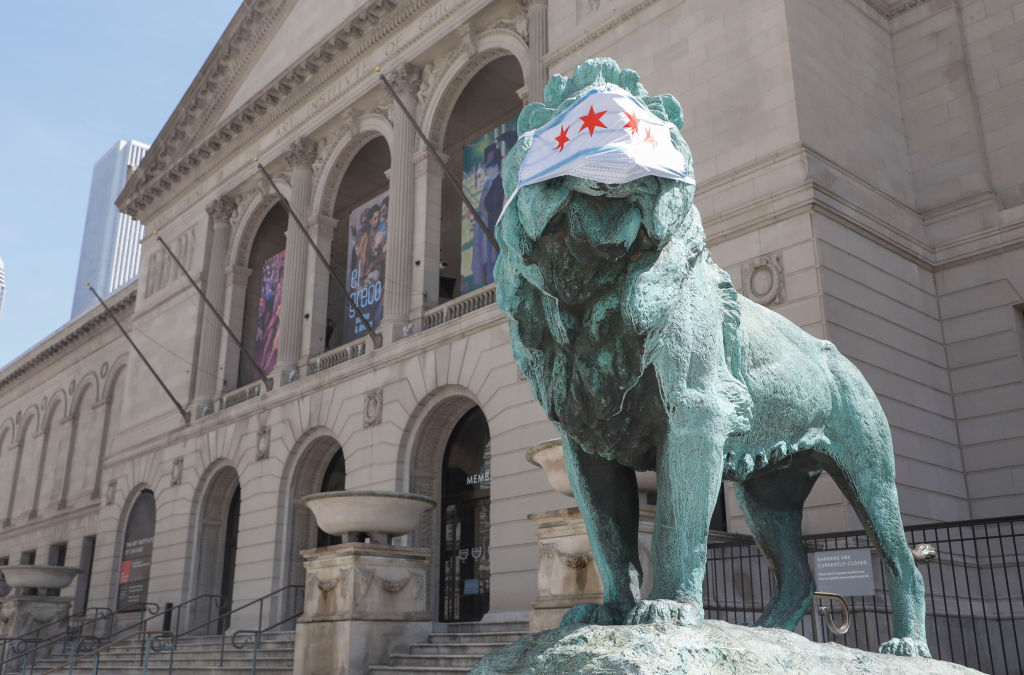
Employees at the Art Institute of Chicago have announced plans to form a union. Organizers shared a public letter yesterday citing concerns over wages and workloads, which have been made worse by the pandemic.
Nearly 200 hundred employees were furloughed or laid off during the health crisis, the letter claimed. Those who remained, meanwhile, have been left with increased responsibilities.
“The museum currently operates on a system of hierarchy and opaque decision-making that undermines its stated goals and values,” the letter, signed by 60 museum workers, read. “We believe there can be no equity without power sharing.”
Last summer, 51 workers were laid off and, n January, another 100 were temporarily furloughed, a spokesperson for the museum told Artnet News. Since then, all of the furloughed staff have been reinstated. “We provided all employees who were laid off last summer a severance package and paid the full benefits of all furloughed employees for the duration of the furlough,” the spokesperson added.
The move comes on the heals of unionization efforts at several major art institutions in recent years, including at the Guggenheim, the New Museum, and the Whitney Museum. If successful, the Art Institute of Chicago’s union would be the first in the museum’s 142-year history.
Among the goals of the group, which is operating under the name Art Institute of Chicago Workers United, are better wages and benefits, a harassment-free workplace, and transparency around compensation and advancement. They plan to affiliate with Council 31 of the American Federation of State, County, and Municipal Employees, the largest trade union in the country, and hope to represent roughly 330 of the museum’s approximately 500 employees in the bargaining unit, according to the Chicago Sun Times.
The letter also called on the Art Institute to respect the workers’ unionization effort. “We urge senior leadership to honor our legal right to organize a union without facing intimidation or coercion,” it read. “We ask that management not waste resources on distributing anti-union propaganda, hiring anti-union lawyers, or holding mandatory anti-union meetings.”
If a majority of workers sign union support cards, the group will call on the museum to voluntarily recognize the union. If it doesn’t, the employees will petition the National Labor Relations Board for an official vote to establish the union.
“We have a longstanding commitment and track record of working collaboratively and addressing issues of importance to our employees, including equity, wages, and other concerns,” the museum spokesperson said. “While we recognize and support employees’ deciding whether or not to unionize, our preference is to continue to work with and treat our staff as the unique individuals they are and address their concerns directly, without the presence of a union.”